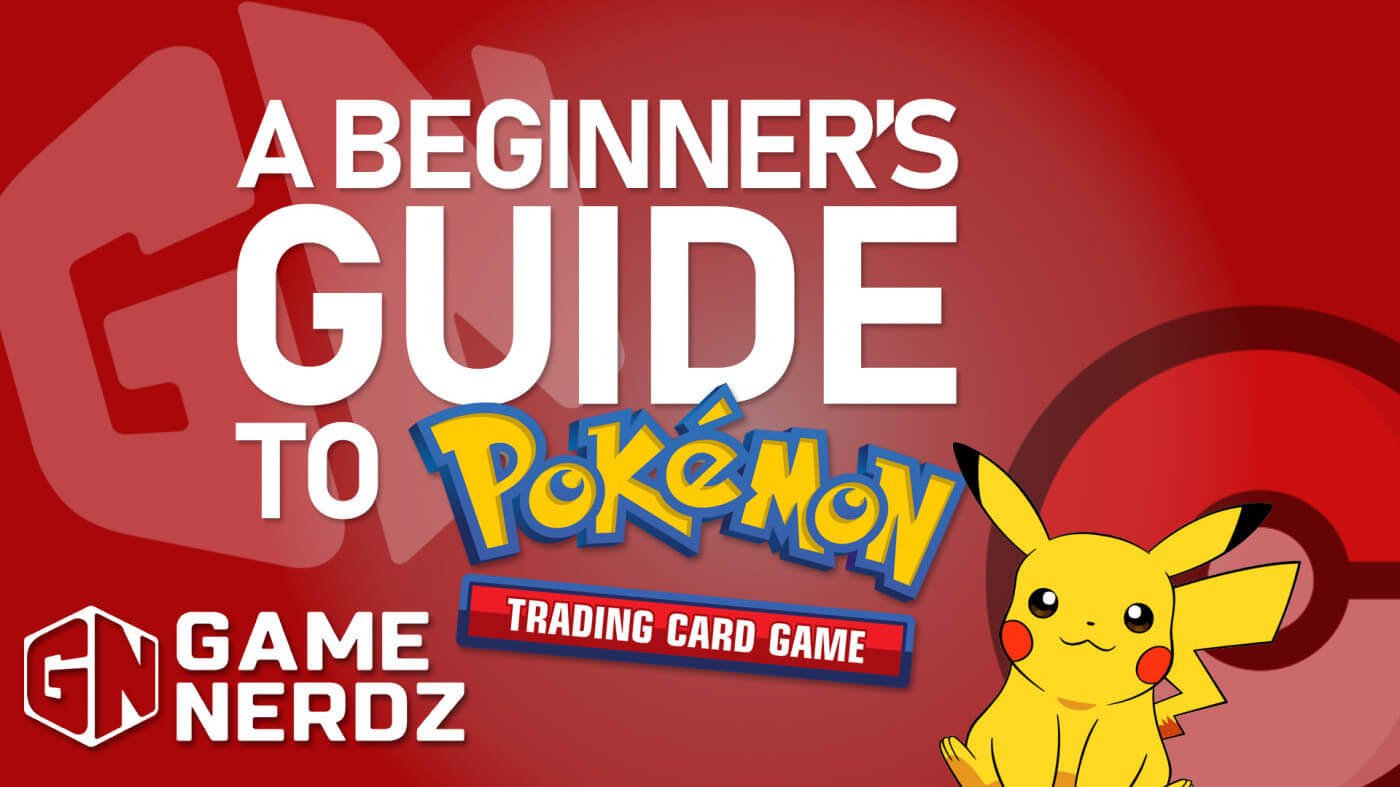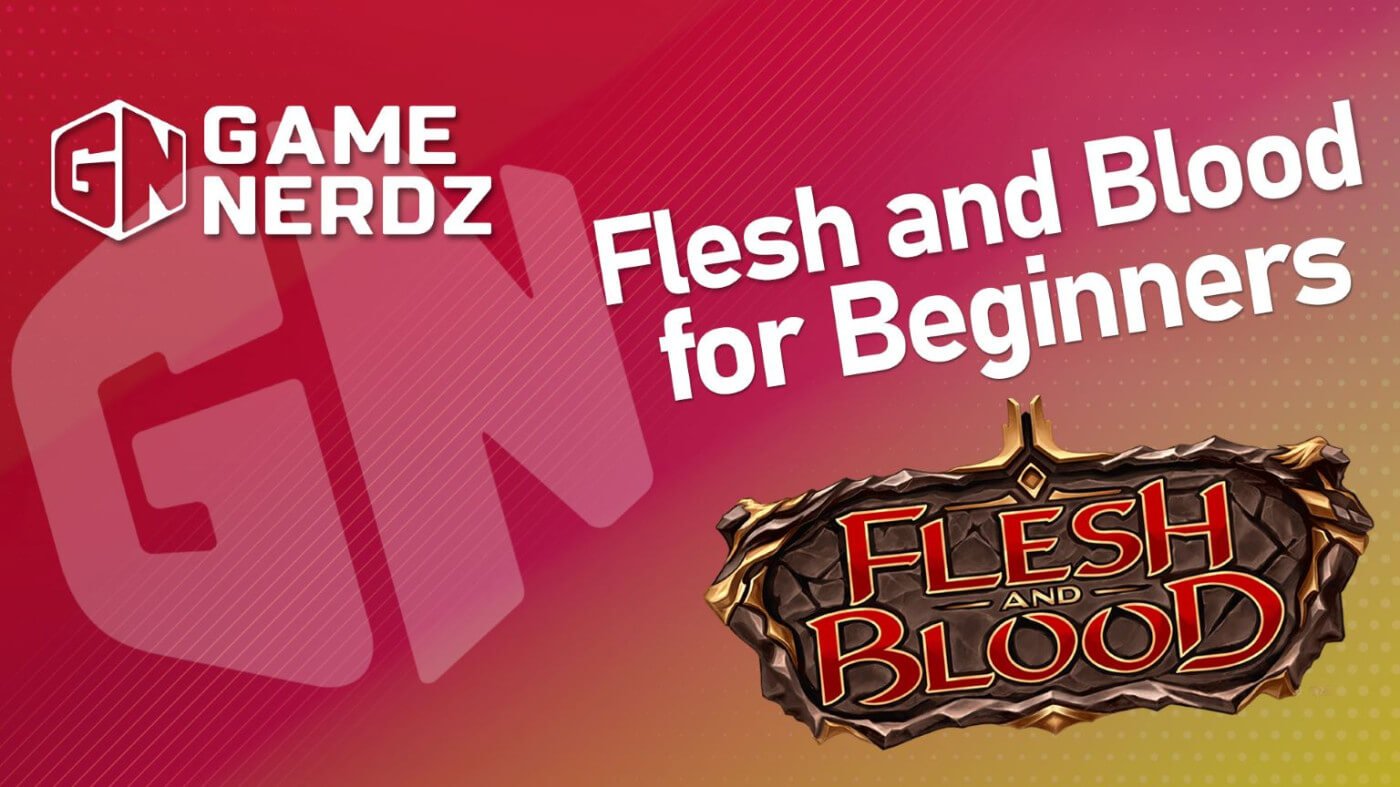
Beginner's Guide to the Flesh and Blood Trading Card Game
What is Flesh and Blood?
Having only recently debuted in 2019, Flesh and Blood has already established itself as an increasingly popular alternative to head-to-head card games like Magic: The Gathering. In Flesh and Blood, two players each take on the role of a fantasy-based hero in a fight to the death. Your hero is a person (or monstrosity) from the World of Rathe, a fictional land riddled with political strife, factional rivalry, and dark arts.
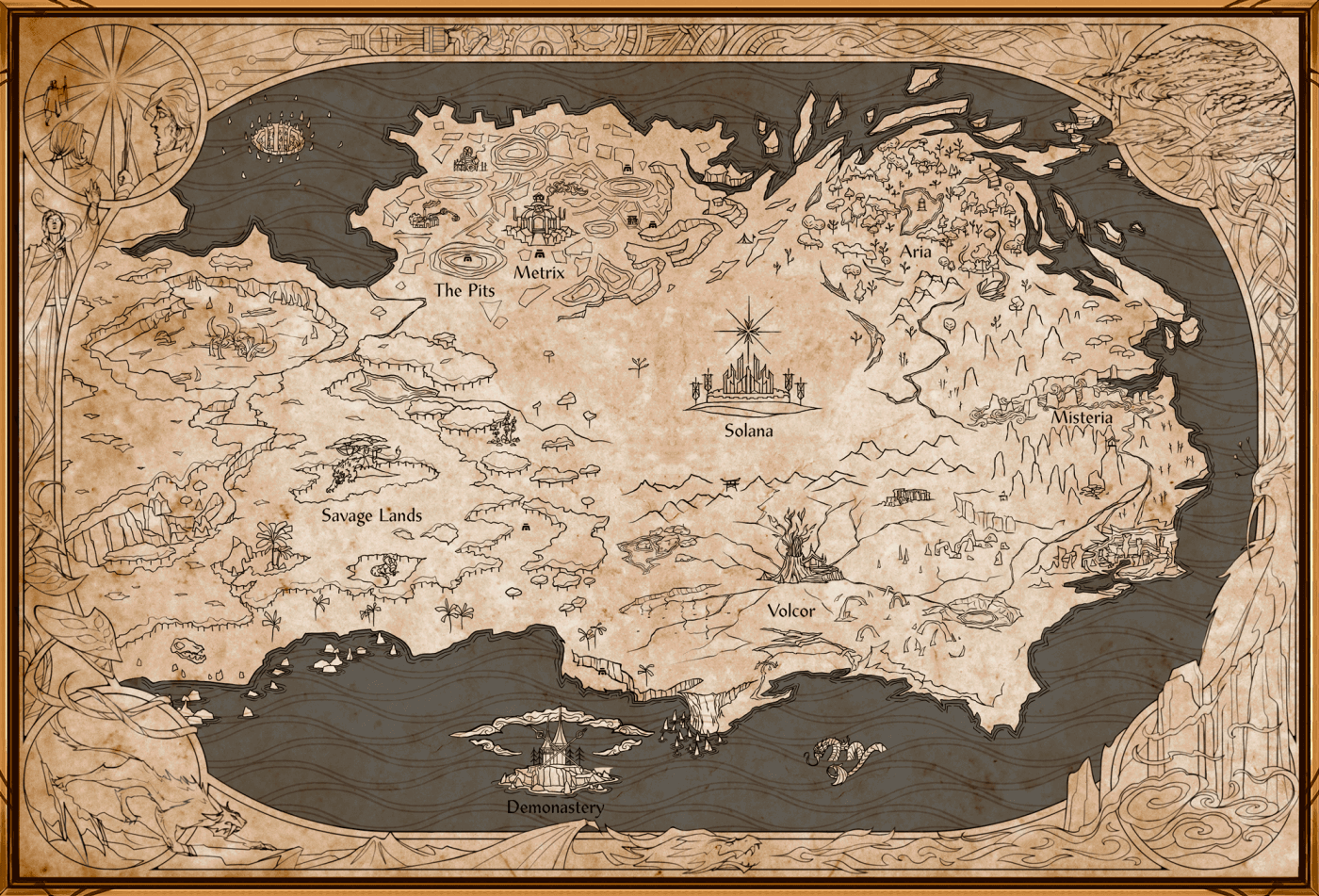
Map of Rathe from fabtcg.com.
One of the most compelling features of Flesh and Blood is the role-playing aspect of the game. While your hero card is on the table, you get to manage their every move. Flesh and Blood has also managed to harness the nostalgic feeling of a dungeon crawler in the sense that you can fully assume your character's identity. If you've ever dreamt of being a beautiful warrior that dawns glistening armor and showcases sword skills that can put Zorro to shame, then Dorinthea might be for you.
On the other side of the spectrum, if you drift towards the darkness, Viserai might be your cup of tea. He's a hero known for his necromantic background and mixes standard attacks with arcane damage, which can't be blocked in the traditional forms we’ll cover today.

Image from fabtcg.com.
Another key difference between Flesh and Blood and other trading card games like Magic: The Gathering is that every card in your hand has multiple uses. Each card can be used to attack, defend, or gain resources, meaning there is always a use for the cards in hand.
The multi-use cards and role-playing elements are just a few of many that create joyfully fresh and interactive gameplay, which, as we’ll see below, seamlessly tie strategy and skill together.
How to Play Flesh and Blood
Your objective is simple: use your deck of cards, suite of equipment, and weapon to defeat your opponent by bringing their hero’s life total to zero.
Selecting a Hero
Players select their hero from thirty-four options, each falling under one of many classes that impact the way a player constructs their deck.
Whether this is your first TCG or you're a card game veteran, Flesh and Blood has a class that will suit your interests. And while each hero has a somewhat specific playstyle, there are no right or wrong ways to build a deck for any of them. This freedom of expression opens up endless possibilities and ensures that no two game experiences are alike.
In addition, James White (the creator of Flesh and Blood) and his team have masterfully crafted immersive backstories for each of the heroes of Rathe. So if you need help figuring out where to start, read some of the lore and see what draws you in.
Hero Cards
To become familiar with the hero card layout, let's look at one of the earliest heroes of the game, Ira, Crimson Haze.

Ira image from Flesh and Blood TCG - Learn to Play.
The hero card details their static ability in the text box, starting life total in the bottom right, and intellect in the bottom left. The intellect informs the player how many cards they are allowed to draw up to at the end of their turn, but there is no maximum hand size in this game.
Other Flesh and Blood Card Types
There’s a lot of information on each card, regardless of the type. The image below showcases cards from the Generic card pool, which every hero, regardless of class, can play in their deck.
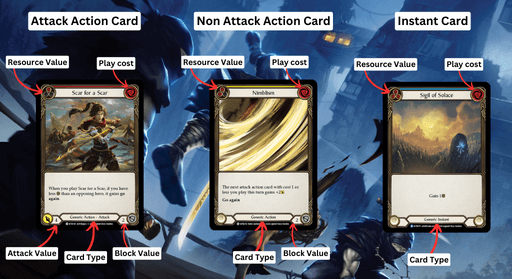
Images from fabtcg.com.
Ira, Crimson Haze, is classified as a Ninja and can only include Ninja and Generic cards in their deck list. Likewise, a Warrior class is restricted to Warrior and Generic cards, etc.
Cards in Flesh and Blood can cost anywhere from 0 to 10 resources. The cost required to play a card is located in its top right corner. To pay the cost of a card, you will need to pitch a card/s from your hand with equal or greater resource value, which is indicated in the top left corner of a card. In the examples shown, each of them have a cost of zero, meaning no cards need to be pitched to play them.
Attack Action Cards
Attack action cards are identified by the yellow symbol in the bottom left corner and the bottom center, where it says, "Action - Attack." Aside from attacking for raw damage, many attack action cards will include text that indicates what will happen if the card deals damage to the opponent. This damage threat and on-hit ultimatum can put your opponent in sticky situations that can completely throw their attacking turn off course.
Non-Attack Action Cards
Non-attack action cards are similar to attack action cards in almost every way except… well… they don't attack. They still consume your action point, require payment to be played, have defensive value (a few don’t,) and most (not all) can provide resources when pitched. The primary purpose of non-attack action cards is to enhance the remainder of your turn.

Image from fabtcg.com.
For example, if you were to play the yellow pitch Nimblism in the graphic above, it says that the next attack action card that you play this turn that costs one or less will gain +2 attack value.
Instant Cards
Not every card in Flesh and Blood is classified as an attack or non-attack action card. One of the exceptions is the Instant card. Though slim in number, these cards allow you to do things without consuming your action point and can even be done on your opponent's turn. Instant cards are known for gaining life, preventing damage, or even stopping your opponent dead in their tracks. Be careful; instant cards do not have defensive properties. As we’re about to see, this means that placing too many instant cards will often leave you defenseless.
Beginning a Game
To begin the game, players roll a six-sided die to determine who will go first. Whoever takes the first turn is the turn player and their opponent is the defending player. The turn player is only given one action point during their turn to spend on action cards. The attacking player may replenish their action point by playing cards with the text "go again." Playing any card that does not have the text "go again" will consume their action point and end their turn.
Combat Chain
Your side of the arena will contain your four pieces of equipment, hero and weapon cards, and your deck. Similarly, your opponent will have the same set up on their side, and where the two meet in the middle is called the combat chain.
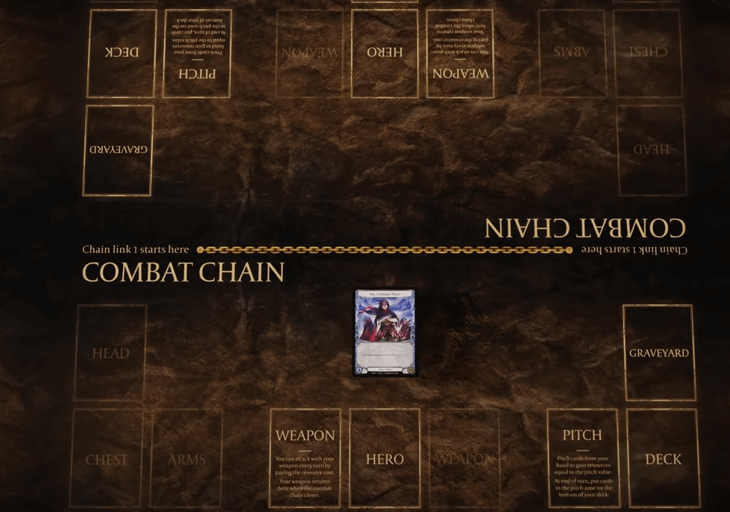
Combat Chain image from Flesh and Blood TCG - Learn to Play.
The combat chain is where all the action takes place. When playing any card, whether attacking or defending, the card must be placed face up onto the combat chain.
Attacking
To begin combat, you may attack the defending hero by playing an attack action, non-attack action, or by swinging your weapon. To play an action card, you must pay the card’s cost. Remember, the resources needed to pay for a card come from the other cards in your hand. Once those are placed in the pitch zone, you will gain resources equal to the value in the top left corner of the card. When the attack has been paid for, it has been successfully played. If the card played threatens to deal damage to your opponent, it is now their turn to defend themselves.
Defending
When your opponent declares an attack against you, you have the opportunity to defend. Most equipment (but not all) has a defensive value, and the same can be said for the cards in your hand. You don’t have to pay resources to block with most cards, but some may require it. Even though you are not required to block the incoming attack, any damage not blocked is dealt to your hero and is subtracted from their starting life total.
Example: If my attack has a value of 4 damage and you block with a card with a defensive value of 3, I will deal one damage to you.
Reactions
Once you’re satisfied with the amount you’ve blocked for, the attacking hero becomes active again and may play additional cards to increase their attack value, known as the reaction phase. During the reaction phase, the turn player may play an attack reaction which gives a buff to their attack.

Image from fabtcg.com.
This is a tricky way of pushing damage up and over the amount that you may have blocked. The defending hero may also take advantage of the reaction phase by playing defense reaction cards, which add extra stopping power to your block.
Ending a Turn
This volley continues until the turn player has no more cards to play or they no longer have an action point.
Once the attacking player has concluded their turn, they move all cards from the combat chain into the graveyard. Next, all cards in their pitch zone go to the bottom of their deck in any order. Then, if the turn player has any remaining cards in hand, they may place one face down into their empty arsenal zone.
You may only have one card in your arsenal at a time and this card can only be played directly to the combat chain, meaning you can’t pitch or block with this card. Defense reactions are the exception to the rule, as you are allowed to block with them from the arsenal zone. Lastly, the turn player will now draw up to their intellect and the turn is now passed to the other player.
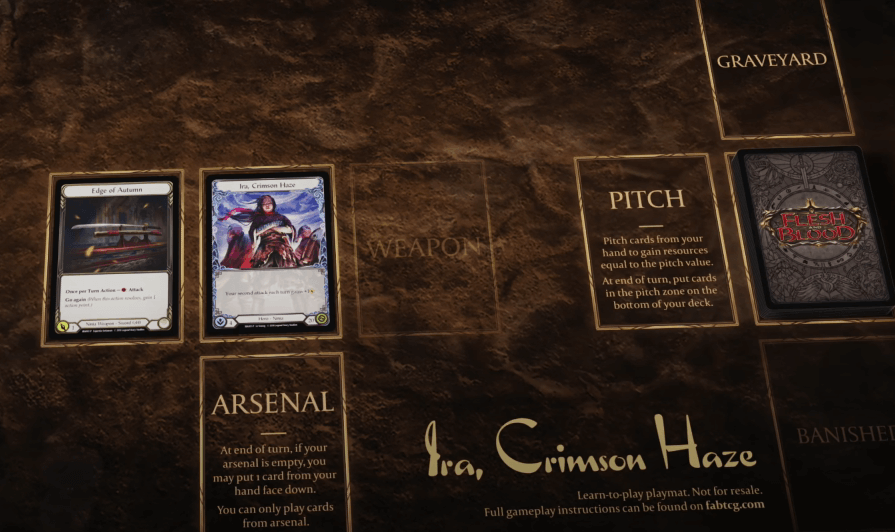
Image from Flesh and Blood TCG - Learn to Play.
The once defending, now attacking, player may proceed with the above steps but may only use whatever cards they didn’t use for blocking.
Example: If you are forced to block with three cards, you now only have one card to attack me with.
Remember, you are only allowed to draw up to your intellect at the end of your turn. This back-and-forth attack and parry simulates the raw and engaging trials of being in one-on-one combat.
Building and Balancing your Flesh and Blood Deck
Balancing Your Deck
Most cards come in a full spectrum cycle. This means that the above pictured red pitch Scar for a Scar comes in a yellow pitch and blue pitch variant. The only difference is that the yellow pitch has an attack value of 3, and the blue pitch will attack for 2.
Similarly, non-attack action cards behave this way. For example, red pitch Nimblism will give your next attack +3 attack value, and the blue pitch variant will provide you a measly +1 attack value.
Red pitch cards are referred to as power cards because they typically hit the hardest, but provide you with the least amount of resources when pitched. It's easy to be enticed by the attractive heavy hitting red cards, but if you don’t put enough blue pitch cards in your deck, there will be no way to pay the cost.
For example, Bravo, Showstopper is a Guardian hero with many cards that hit for ten or more damage. The caveat is that they cost upwards of 7 resources to play. Because of this, the Guardian class packs mostly blue pitch cards in their deck to pay for said attacks.
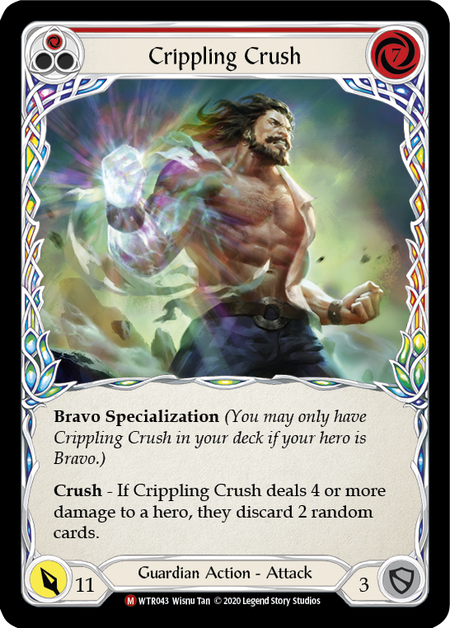
Image from fabtcg.com.
Through these clever card mechanisms, Flesh and Blood manages to balance its attack and resource values. This innovative engine prevents players from hedging in too many explosive red pitch attacks and encourages creativity. Without a healthy mix of underwhelming blue pitch cards, there is no way to pay for the red.
Similarly, too many blue pitch cards will make your attacking turn pretty lackluster, allowing your opponent to declare no blocks and come at you with their entire hand of cards.
Flesh and Blood Deck Formats
Two formats in Flesh and Blood can be played, which are based on how players build their decks: Blitz and Classic Constructed.
Blitz:
- Can only use "young" heroes (notated next to the class of your hero)
- 40-card deck (no more, no less)
- Sideboard can only include spare equipment or weapons
- Up to 2 copies of each unique card allowed
- Max game time is 30 minutes
When building a deck for the Blitz format, you are required to use a young hero (an alternative version of your favorite hero) and a deck of exactly 40 cards. Most young heroes, but not all, have a starting life total of 20. However, they keep their abilities and functionality of their older counterparts the same. Within the 40-card deck, you are allowed up to 2 copies of each unique card, meaning, a card with the same name and pitch color. For example: two red pitch Scar for a Scar, two red pitch Nimblism, etc.
Classic Constructed:
- Can only use "adult" heroes (notated next to the class of your hero)
- Max 80-card deck; Min 60-card deck
- Up to 3 copies of each unique card allowed
- Max game time is 50 minutes
When building a deck for the Classic Constructed format, you are required to use the adult version of your hero. The ruling allows for an 80-card deck, but in Classic Constructed, your hero, weapon, and 4 pieces of equipment count toward that 80-card deck total. Because you never quite know who your opponent might be, it’s important to take sideboarding into account. Your sideboard serves as a package of cards that can be swapped in before the game begins to support your strategy depending on the opponent you're facing.
For instance, when staring down a tough and grumbled Guardian opponent, you may want to bring in a plethora of defense reactions from your sideboard. On the other hand, defense reactions are quite useless against a wizard opponent because they don’t attack with standard physical damage.
Pro Tip:
Classic Constructed decks are large and games can go long, so for this reason it’s best to bring the minimum amount of cards into the game. This ensures that you’ll see your big power cards sooner and allow you to win the game faster. Most competitive players never bring more than 60 cards into the match, allowing up to 20 cards to be used for their flexible sideboard.
Ready to get Started?
Now that you’ve got the rundown on the objective of the game, different types of cards, and how to build a deck, what are you waiting for?! The world of Rathe is vast and waiting to be explored by curious gamers like yourself. With a colorful arrangement of hero selection and an infinite amount of playstyles to create, Flesh and Blood is a game that will feel fresh and exciting every time you play.
Recommended Flesh and Blood Starter Decks
If you’re ready to get started, I suggest picking up a few of the starter blitz decks which are carefully crafted with new players in mind by the Legend Story Studios developers. My personal favorites are Fai and Dromai.
Flesh & Blood TCG: Uprising Blitz Deck (Set of 2)

$19.47
Please Note: This product is brand new & factory sealed. In order to maintain the integrity of our inventory, we do not accept returns of any trading...… read more
While Fai takes a more aggressive stance, Dromai focuses on creating a board state of powerful dragons that can overwhelm her opponent. They also have easy upgrade functionality, meaning once you get the hang of things, you can buy a few singles that will enhance your game without breaking the bank.
Resources for Finding Flesh and Blood Events
After a few reps at the kitchen table, you should be ready to take on the masses at a local Armory event. Each week a local game store near you is hosting a small tournament where the winner will take home a prize promo card and a playmat. The official Flesh and Blood website is a goldmine of resources like their event finder. So if you need help finding a community to get plugged into, search the Flesh and Blood events page!

